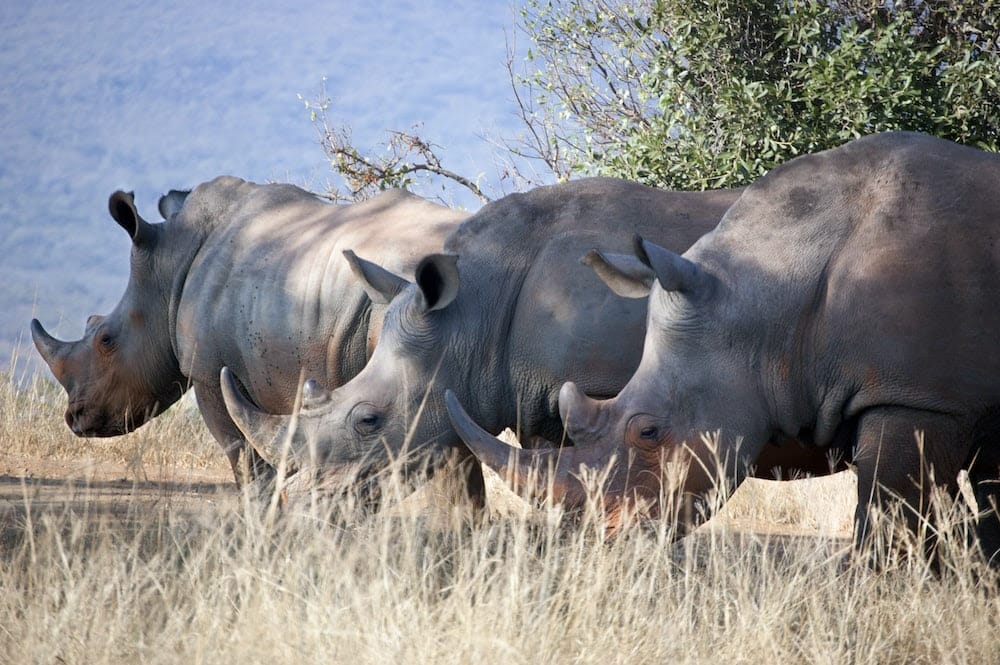
A recent European study on the state of biodiversity shows that almost half of the world’s animal species are in decline. This situation is mainly due to the degradation of natural habitats as a result of human activities. The study, published in Biological Reviews in May 2023, also points out that only 3% of species are seeing their population density increase, while 49% of species are seeing their numbers stagnate.
The reduction in the surface area of natural habitats for wildlife is due in particular to the conversion of natural areas to farmland or urbanization zones, both of which are linked to human activity. These activities also lead to the excessive exploitation of natural resources and the degradation of ecosystems on which animal populations depend for food, with a tendency for them to fragment and reproduce less.
The use of toxic products that pollute the natural environment, such as industrial chemicals and pesticides, also contributes to the decline in animal numbers on land, at sea and in the air. Similarly, the consequences of climate change, such as rising temperatures, drought or rainfall, are disrupting animal life cycles and degrading their habitats.

The authors of the study drew on the Red List of the conservation status of each species produced by the International Union for Conservation of Nature, an intergovernmental organization based in Switzerland, which shows that around a quarter of the world’s animal species are threatened with extinction, and 1% of these species are already considered extinct. Extinctions have often been preceded by the progressive decline of the populations concerned, which may have left traces of their disappearance.
These benchmarks provide alerts on the trajectories taken by species before their extinction and complement IUCN data. The dynamic demographic trends of species need to be taken into account, so as not to underestimate the true extent of extinction processes. To provide as accurate a picture as possible, the researchers examined population trend data for over 71,000 species covering the five vertebrate groups, mammals, birds, reptiles, amphibians and fish, and insects.
Analysis of these data provided a global assessment of the diversity of species population trends, and revealed widespread population erosion, with 48% of populations in decline. The results of the study also show that some species groups are more vulnerable than others, such as amphibians, whose population has declined by 63%, compared with 28% for reptiles, for example. Our work has shown that around 33% of species classified as non-threatened by the IUCN have in fact entered a phase of decline.
Geographically, the majority of endangered species are found in tropical zones, while species in temperate regions are tending to stabilize. According to the authors, the results of the study show that humanity is beginning to experience a new mass extinction, characterized by a rapid imbalance in biodiversity. Some scientists have begun to regard the current period as one of the new geological epochs on Earth, which they have named the Anthropocene, due to the significant influence of humans on geology and ecosystems.




